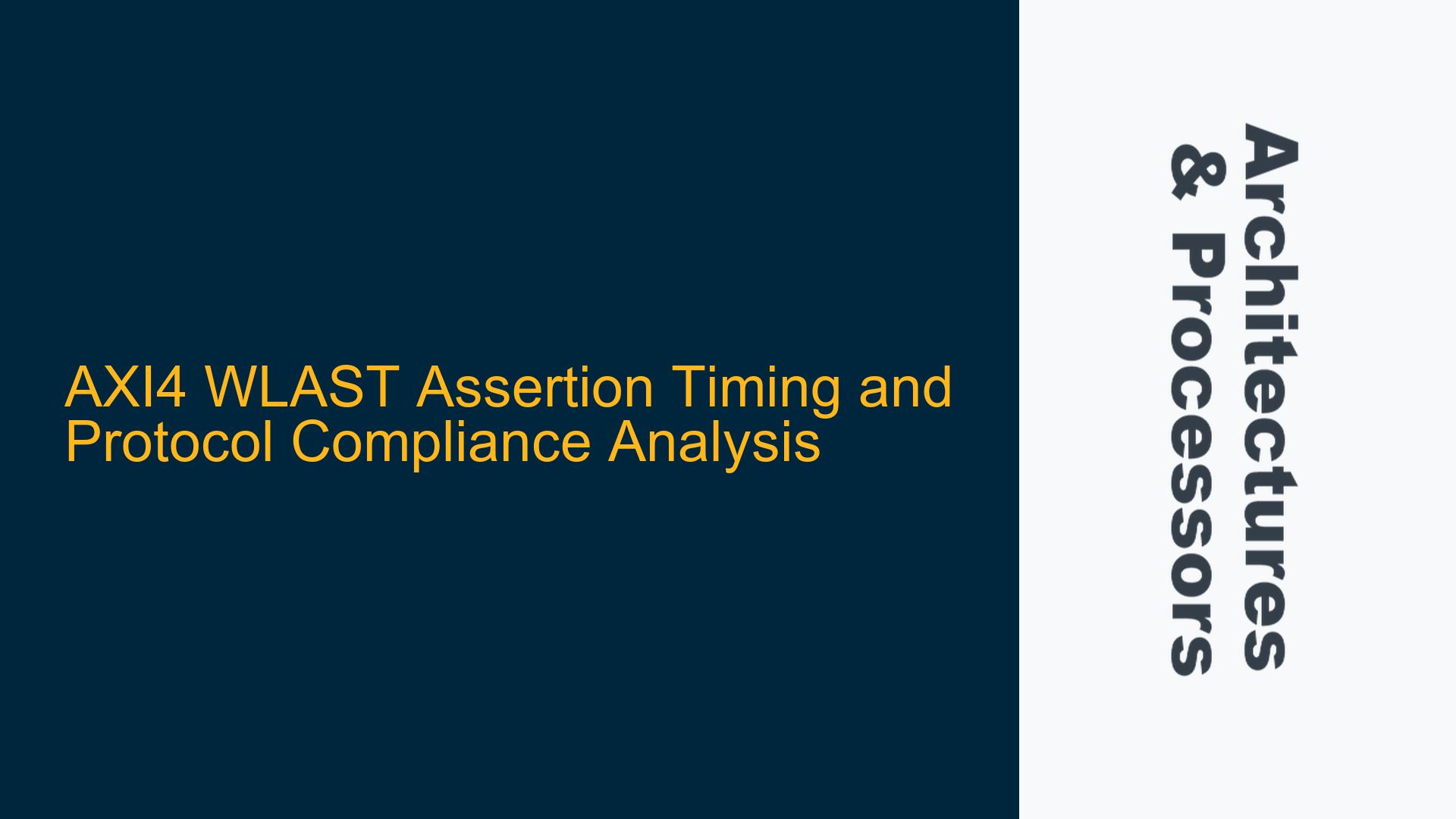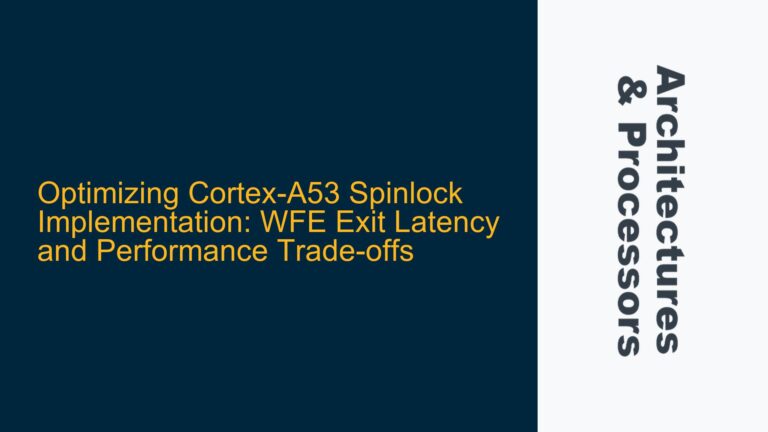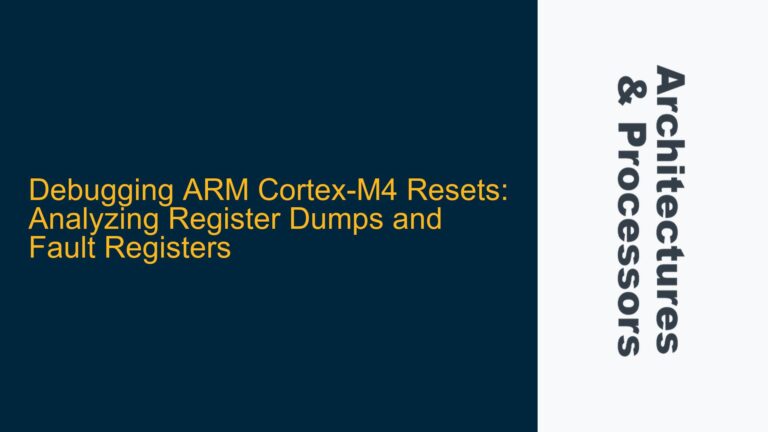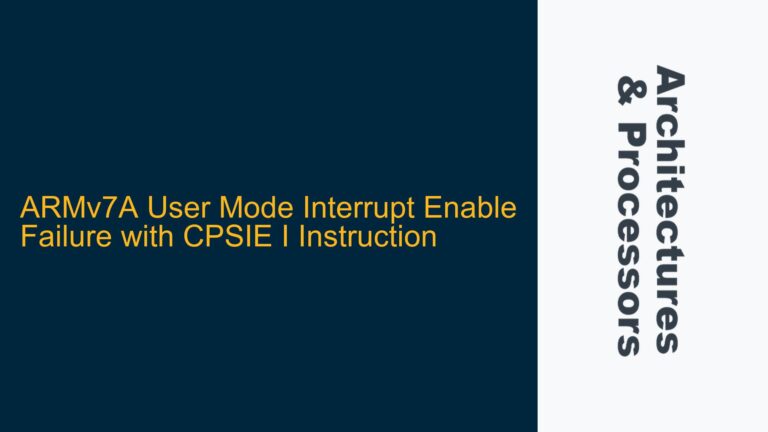WLAST Assertion Before WVALID and Address Issuance
In AXI4-based designs, the timing of the WLAST signal relative to WVALID and the address phase (AW channel) can often lead to confusion, especially when observed in simulation waveforms. The WLAST signal is a critical component of the AXI4 write data channel (W channel), indicating the final transfer in a burst transaction. However, its assertion before WVALID or even before the corresponding address is issued on the AW channel can appear counterintuitive. This behavior is not inherently a protocol violation but rather a consequence of the AXI4 protocol’s flexibility in handling write transactions.
The AXI4 protocol explicitly states that the validity of signals on any channel is determined solely by the xVALID signal for that channel. When WVALID is low, the state of WLAST and other signals on the W channel is undefined. This means that any assertion of WLAST before WVALID is effectively meaningless and does not violate the protocol. Similarly, the AXI4 protocol does not mandate a strict ordering between the AW channel (address phase) and the W channel (data phase). A master can issue write data before, after, or concurrently with the corresponding address, provided that the slave can handle such scenarios.
In practical implementations, the relationship between the AW and W channels often depends on the specific design of the master and slave interfaces, as well as the interconnect fabric. For example, if the AW channel has additional pipeline stages or buffering compared to the W channel, the write data may arrive at the slave before the corresponding address. This is a valid and expected behavior under the AXI4 protocol, as long as the slave can manage the incoming data appropriately.
Undefined Signal States and Write Channel Independence
The AXI4 protocol’s handling of undefined signal states and the independence of the write channels are key factors contributing to the observed behavior. When WVALID is low, the WLAST signal, along with other signals on the W channel, is not required to hold any specific value. This allows for optimization in the design of AXI4 interfaces, where signals can be pre-asserted or left in an undefined state until they are needed. This flexibility reduces the complexity of the interface logic and improves performance by minimizing unnecessary signal transitions.
The independence of the AW and W channels is another critical aspect of the AXI4 protocol. Unlike some other bus protocols, AXI4 does not enforce a strict sequence between address and data phases. This decoupling allows for higher throughput and more efficient use of the interconnect fabric. However, it also places additional requirements on the slave interface, which must be capable of handling out-of-order or early-arriving write data. In most cases, this involves buffering the incoming data until the corresponding address information is available.
The ability to handle independent AW and W channels is particularly important in high-performance systems, where the interconnect fabric may introduce variable latency for different channels. For example, if the AW channel passes through a complex address decoding logic or a quality-of-service (QoS) arbiter, it may experience higher latency compared to the W channel. In such cases, the W channel data may arrive at the slave before the address, and the slave must be designed to accommodate this behavior.
Slave Interface Requirements and Corrective Measures
To ensure correct operation in the presence of early WLAST assertion or out-of-order write data, the slave interface must implement appropriate mechanisms to handle these scenarios. One common approach is to use a buffer to store incoming write data until the corresponding address information is received. This buffer must be sized to accommodate the maximum burst length supported by the interface, as well as any additional latency introduced by the interconnect fabric.
When the slave receives write data before the corresponding address, it should deassert WREADY to temporarily stall the W channel. This prevents the master from completing the write transaction until the slave is ready to process the data. Once the address information is received, the slave can process the buffered data and assert WREADY to allow the master to complete the transaction. This approach ensures that the write data is handled correctly, regardless of the relative timing of the AW and W channels.
In addition to buffering, the slave interface should include logic to validate the incoming write data against the address information. This includes checking the burst length, address alignment, and any other relevant parameters. If the write data does not match the expected parameters, the slave should generate an appropriate error response, such as a SLVERR on the BRESP channel.
To optimize performance, the slave interface can also implement speculative processing of write data. For example, if the slave can infer the address information from the write data (e.g., based on a known pattern or sequence), it can begin processing the data before the address is received. This can reduce the overall latency of the write transaction and improve system performance. However, this approach requires careful design to ensure that the inferred address is always correct and that the slave can handle any discrepancies between the inferred and actual address.
In summary, the assertion of WLAST before WVALID or the address phase is not a protocol violation but rather a consequence of the AXI4 protocol’s flexibility. By understanding the underlying principles and implementing appropriate mechanisms in the slave interface, designers can ensure correct and efficient operation of their AXI4-based systems.






